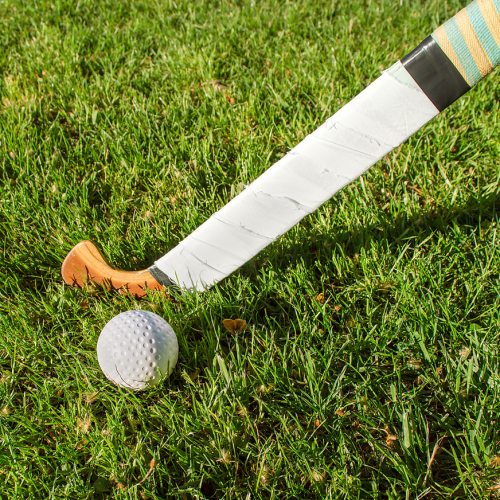May the best person win
Twenty20

Climbing conundrum
Five children are taking part in a climbing competition with three parts, where their score for each part will be multiplied together. Can you see how the leaderboard will change depending on what happens in the final climb of the competition?
Performing beyond expectations - using sport to motivate students in mathematics lessons
Olympic records
Can you deduce which Olympic athletics events are represented by the graphs?
Olympic logic
Can you use your powers of logic and deduction to work out the missing information in these sporty situations?
Olympic measures
These Olympic quantities have been jumbled up! Can you put them back together again?
Tournament scheduling

Climbing complexity
In the 2020 Olympic Games, sport climbing was introduced for the first time, and something very interesting happened with the scoring system. Can you find out what was interesting about it?
Medal muddle
The Olympic torch tour
Imagine you had to plan the tour for the Olympic Torch. Is there an efficient way of choosing the shortest possible route?
Nutrition and cycling
Andy wants to cycle from Land's End to John o'Groats. Will he be able to eat enough to keep him going?
What's the point of squash?
Olympic triathlon
Is it the fastest swimmer, the fastest runner or the fastest cyclist who wins the Olympic Triathlon?
The fastest cyclist
Andy is desperate to reach John o'Groats first. Can you devise a winning race plan?

Track design
Where should runners start the 200m race so that they have all run the same distance by the finish?
High jumping
Alternative record book
In which Olympic event does a human travel fastest? Decide which events to include in your Alternative Record Book.
Decathlon: the art of scoring points
Training schedule
The heptathlon is an athletics competition consisting of 7 events. Can you make sense of the scoring system in order to advise a heptathlete on the best way to reach her target?

Who's the winner?
When two closely matched teams play each other, what is the most likely result?
Speed-time problems at the Olympics
Have you ever wondered what it would be like to race against Usain Bolt?
Stadium sightline
How would you design the tiering of seats in a stadium so that all spectators have a good view?
